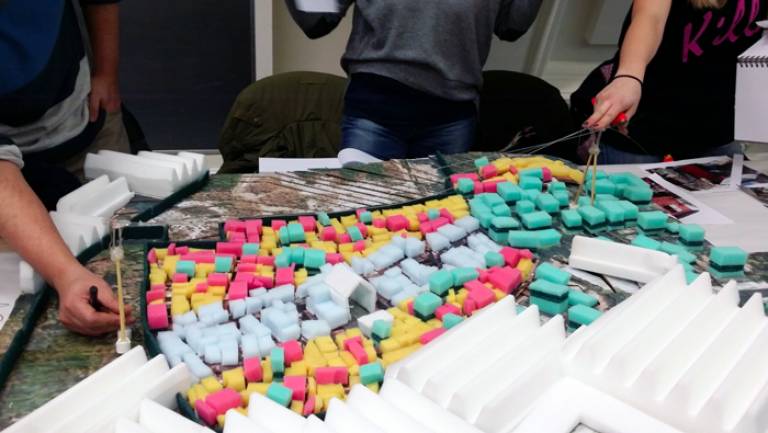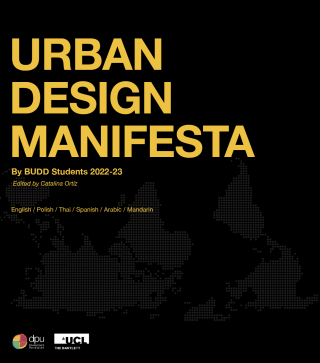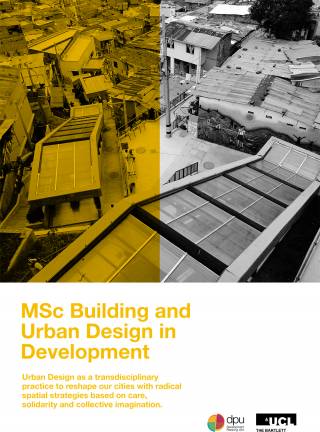
In BU9 - Critical Urbanism Studio II: Designing Investigative Strategies for Contested Spaces, participants are exposed to the concept of design as a critically resistant and activist endeavour. They are asked to delve thoroughly into the phenomenology of a site and portray a critical and alternative future scenario for it.
At the same time, they are stimulated not to automatically assume an effort toward physical building as singular solution, and to value an informed understanding of the place and its human and social component as essential.
The module hinges upon an extended and remotely simulated site analysis and phenomenological mapping, aimed at revealing qualitative and quantitative attributes of the module’s two grounds of investigation: two cases of informal urbanism from Valenzuela City (Metro Manila Region, Philippines), namely the the Del Rosario Community Neighbourhood Association Inc. and the United Libis Homeowners Association Inc.
Students are free to determine what kind of intervention they – and the sites’ communities, as they will interpret it – deem appropriate for the site and want to pursue in their own interest. Tangible outcomes so far have imagined variations on the site’s physical fabric (in terms of both housing and mixed-use individual and community spaces) and certainly forecasted an impact on the social one.
Proposals have encompassed re-blocking of the housing units, re-thinking of the public spaces, inception of economic activities, self-managed production of construction materials. They all underlay the general aim of creating new political subjects, that is also our field-partners' means and end toward a community-driven urban transformation and city wide upgrading.
The module follows the trajectory that has been developed in the MSc BUDD and its Design Map, highlighting the different phases through which a given challenge in a certain site can be understood and approached. In BU9 we adopt a complementary, though simplified, methodology that engages with the nature of the production of space in its continuous and contested evolution.
Looking at the communities' collective and individual capitals, expressions, aspirations, and at their relation with wider contexts, students are asked to respond to the immediate needs and aspirations for transformation of their ground of investigation, while at the same time to the call for a re-definition of their professional roles.
What does it mean to propose investigative and strategic designs? How can we make sure that these will be deeply rooted in the material and immaterial specificities of a territory? How can we promote a design that is mindful of concepts of social inclusion, well-being and possible transformation and contestation?
A special thanks goes to the communities of Del Rosario and Libis for their hospitality, patience and passion, to the members of Homeless Peoples Federation of the Philippines and the Philippines Action for Community-led Shelter Initiatives and to the Technical Assistance Movement for People and Environment, Inc.
As usual, we are grateful to our long term partners and friends from the Asian Coalition of Housing Rights and the Community Architects Network that have made possible our first contact and the collaboration with the Philippines' team.
 Close
Close




